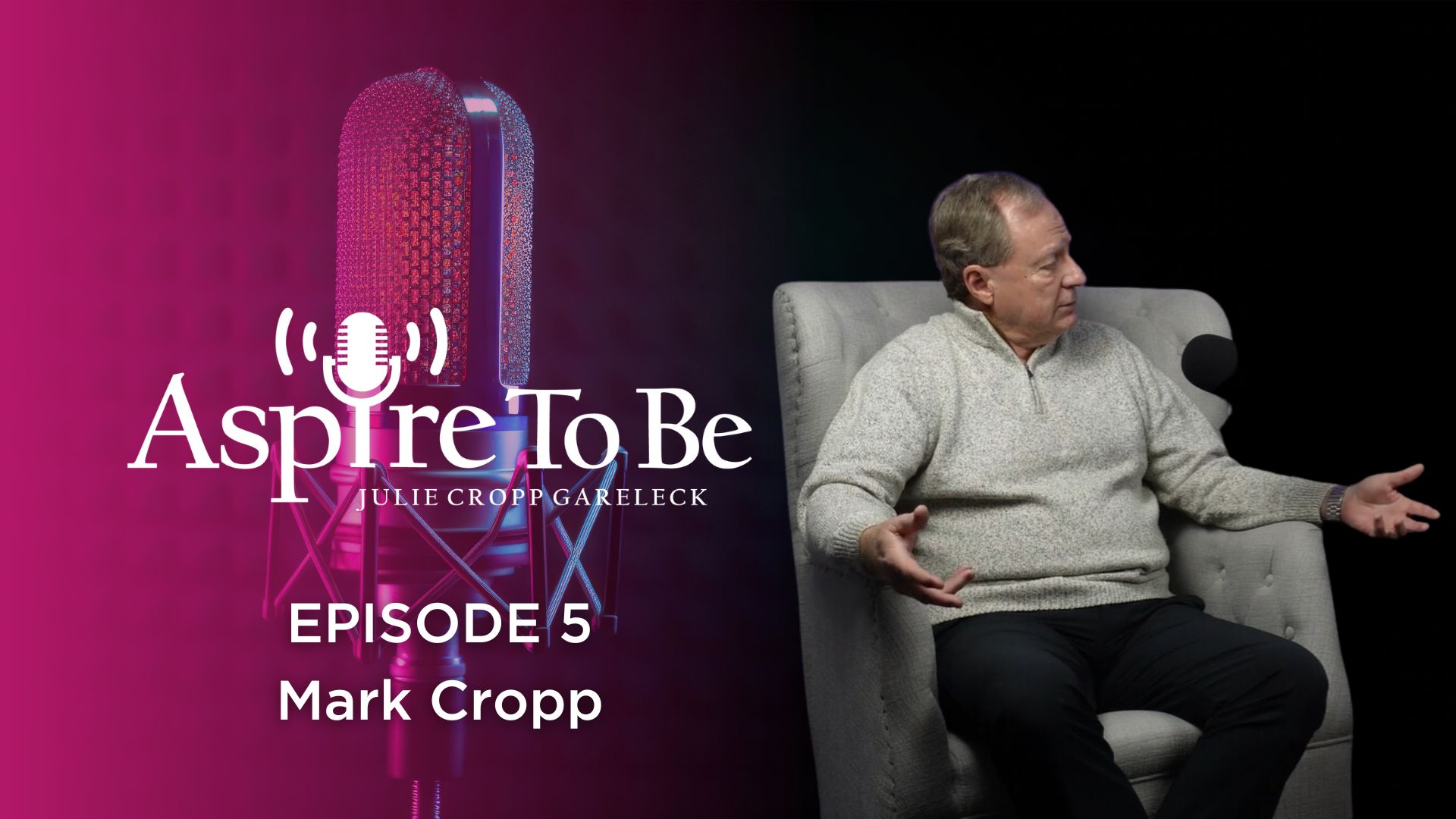
Some of the best communication goes completely unnoticed. It’s likely that the people you admire, those who speak flawlessly, have honed speaking, storytelling, and writing with practiced intention. My earliest memories include watching Barbara Walters and Tom Brokaw deliver the evening news. I studied everything about the newscast, from how the story was written to how it was delivered. I wanted to understand how journalists crafted news in a way that was engaging for viewers of all ages and backgrounds. I had no idea that this was the start of a life-long study of communication. My informal education continued in person, as a waitress at my family’s restaurant. There is no better teacher than collecting orders and greeting customers, learning how to handle delicate conversations along with ridiculously complicated orders for omelets. To this day, I strive to improve this skill across multiple channels: business communication in emails, social media, public speaking, and my first book.
A quick search on the internet for “business communication” provides a staggering list of topics, anywhere from writing a simple email to building great presentations in different languages. Some of these instructional topics are straightforward, where others highlight sensitive topics in the workplace, or varying difficult communications. Arguably, the psychology of business communication applies to experiences outside of the office as well, and understanding how to communicate well in any situation is a life skill.
The cadence of communication has changed in our digital world. What once took a week on paper to revise is now shared instantaneously on the internet. Emojis and abbreviations serve as quick validations of emotion in the body of a message. Without a standard company culture, the intersection of these competing styles confuse meaning and put business reputations at risk. Effective communication goes beyond looking someone in the eye and listening intently to the speaker before responding. Lacking these social cues and cultural norms, it’s important to establish your own personal guidelines, where this consistency gives you ease in getting the message across and the freedom from overthinking it.
Make no mistake, if you cannot communicate effectively across channels, success will elude you. I took to heart the words of late MIT professor Patrick Winston who lectured students and entrepreneurs alike. His thoughts on communication are foundational:
“Your success in life will be determined largely by your ability to speak, your ability to write, and the quality of your ideas, in that order.”
Drive Best Results
The biggest impact you can make is to cultivate consistency across channels, where the voice and tone is similar at every touchpoint. Sustainable messaging is powerful, and I would argue, critical in establishing relationships with clients. Every detail counts, from word choice to font choice. Clarifying, documenting, and repeating this process is the basis for future success. Write with clarity and edit ruthlessly. Taking time to be deliberate now benefits the evolution of your writing.
Similarly, effective public speaking is best achieved through preparation and rehearsal. Rewriting and honing any program or speech is a part of this practice. Knowing the information inside out is the only way to accomplish true mastery on the stage. There are no shortcuts to speaking with authority and ease. Prepare. Rehearse. Repeat.
Contributing as Part of a Team
The framework you create for any team makes it easier to speak with one voice, with a consistent tone and expected results. Clients appreciate and expect this quality of conversation, and your team can stay on the same page by documenting the chain of emails. The process created internally to record client correspondence provides instant background knowledge for everyone working on the account. Each step refining both content and its documentation makes for a better-quality experience internally and externally.
Client Relationships
With the framework established and the team poised to respond, the last puzzle piece is to know your clients. Know the details that matter: the language that represents the company, the best way to reach a contact, the business challenges on the road ahead and the recent roadblocks that affect current projects. Over time, it becomes easier to understand unique personalities and what drives them. The above frameworks are the steady and reliable method to support every kind of client. Miscommunication can certainly sideline projects and irreparably damage business relationships, so strive for clarity of thought and concise language.
Every business has a story to tell, and the lessons learned on that journey dictate how language defines and represents that company. Understanding successful and impactful strategies to communicate as a business becomes a critical but necessary step for stronger company culture and consistent external messaging. Personal career journeys should help to guide what is best practice, knowing that these experiences will continue to inspire change!



